No Products in the Cart
Coil Jig. A tool to wrap our coils around is essential. With a coil jig we can accurately account for "id" (inner diameter of the coil). Some coil jigs can guide the wire for perfectly wrapped coils. Screwdrivers are also useful when you know the diameter of the shaft.
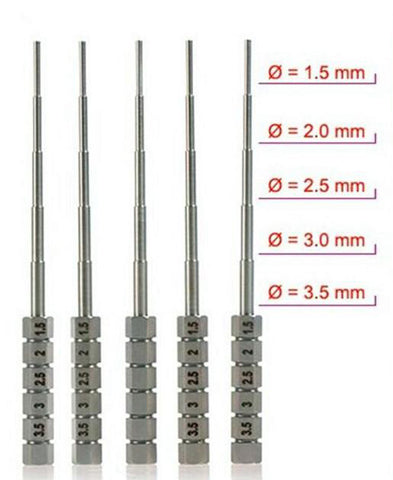
Tweezers. Helpful all-around tools to help position, squeeze and strum your coils. Ceramic tipped tweezers (first image below) are recommended to prevent shorts when dry firing. Additionally, curved tweezers (second image) can help with tucking cotton into tight spaces.

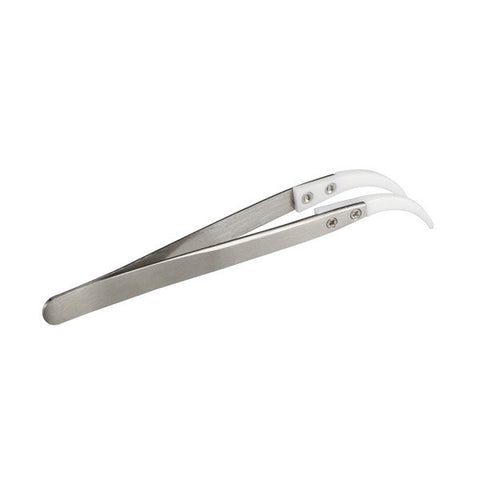
Scissors. Essential to cut, trim and taper your cotton and wicks.
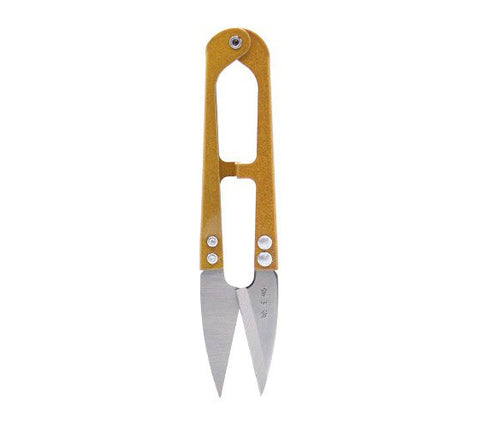
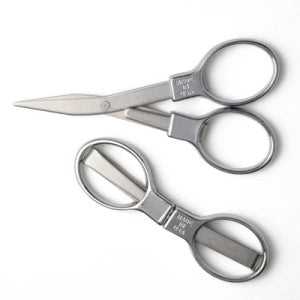
Cutting Pliers. Essential to cut and trim your wires and leads.


Ohm Reader 510. Useful for not only displaying the ohms of your coil, but also to hold your atomizer in place as you build and wick and make sure you haven't created a short circuit on the deck. Some vapers use their mod for this. If you choose to do so, it is of the utmost importance to do this only on a regulated mod.
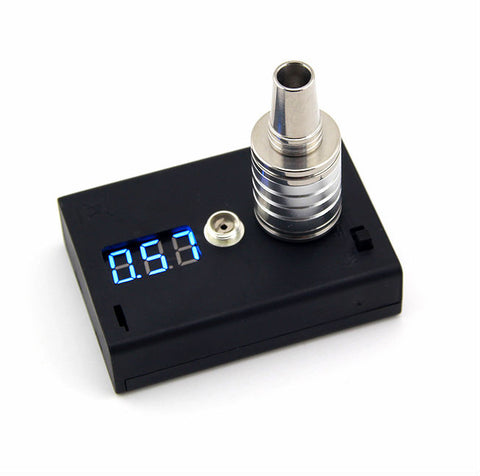
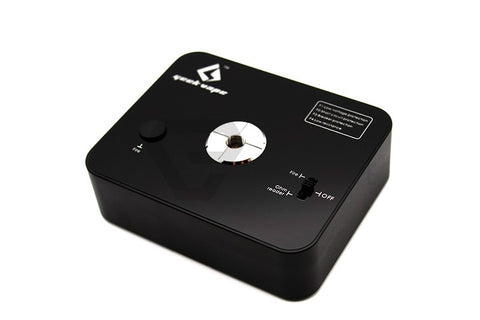
Screwdrivers and Allen Keys. Flat-head and phillips-head screwdrivers are essential to screw down our leads into our negative and positive posts. Most RTAs and RDAs will come with allen keys when they're needed, but it's still useful to have a set.
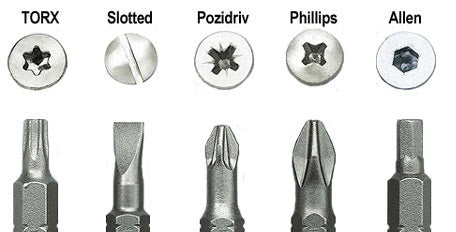
Micro Coils. The simplest of coils. Tightly wrapped, single wire coils with no space between the wraps.
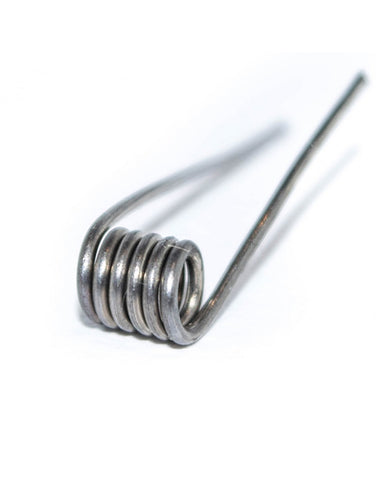
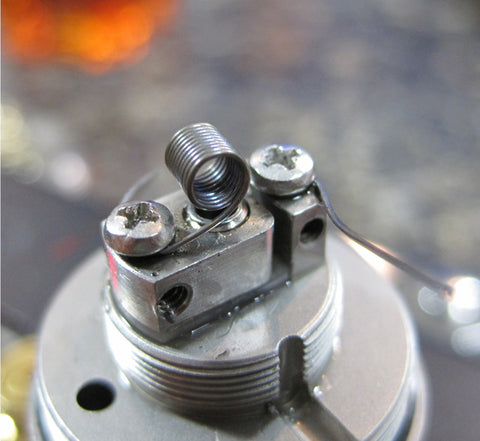
Spaced Coils. A spaced coils is a micro coil with the wraps not touching on either side.
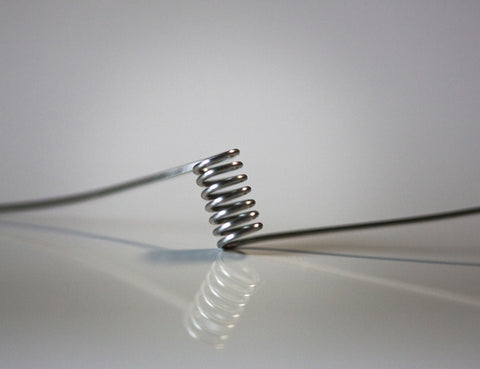

Parallel Coils. Two micro coils in one is a basic way to describe parallel coils. By bending your wire in half to make 2 parallel wires, you can wrap a parallel coil as you would a micro coil.
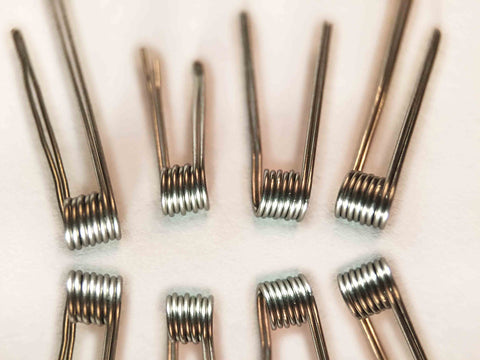
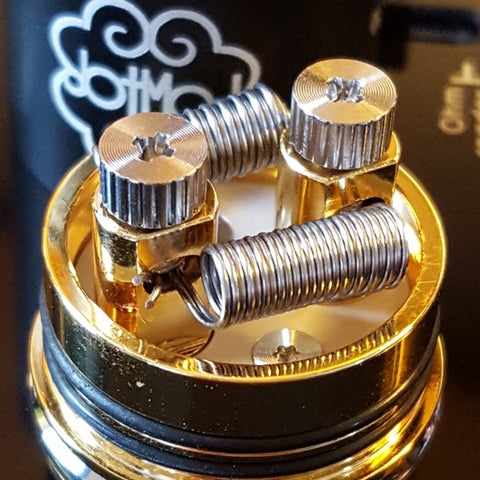
Twisted Coils. Two or more wires twisted together and wrapped as a micro or spaced coil. More surface area with nooks and crannies can create more flavor and vapor.

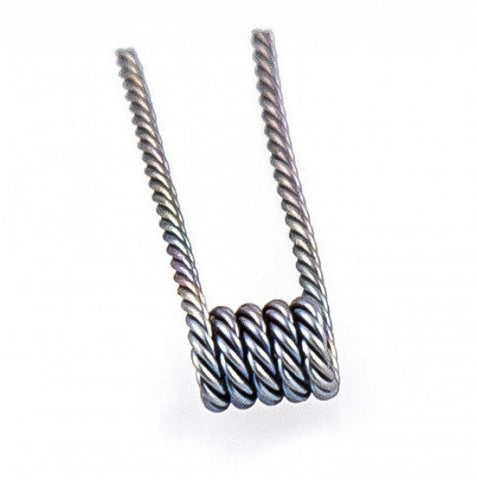
Specialty Coils. These are elaborate coils that require more advanced tools. Some of the more popular are (bolded items are pictured below): Clapton coils and variants such as Fused Clapton, Staggered Clapton and Alien Clapton; Hive, Tiger and Caterpillar coils.
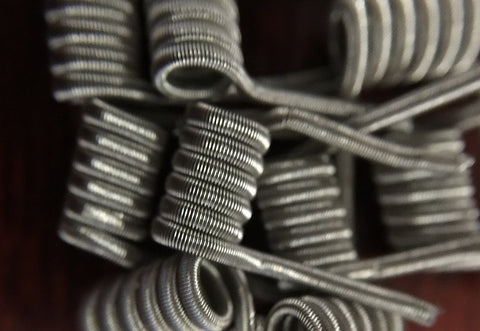
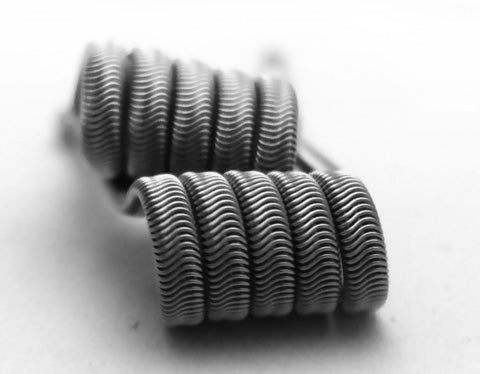
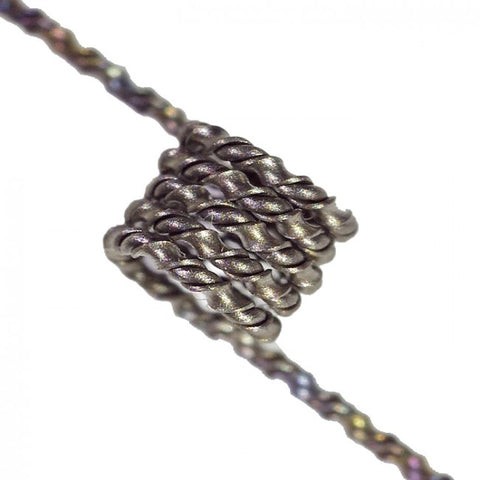
This concludes our online guide to Rebuildable Atomizers. With the beginner in mind, we have covered what the array of common 3-letter acronyms mean and different kinds of atomizers, the materials to work with, the tools needed for the coil builder, and the types of coils we build and vape on. Building your own coils can be time consuming as you tinker and troubleshoot, but it can also be very satisfying as you tailor your vape to your own tastes. Thanks for reading!